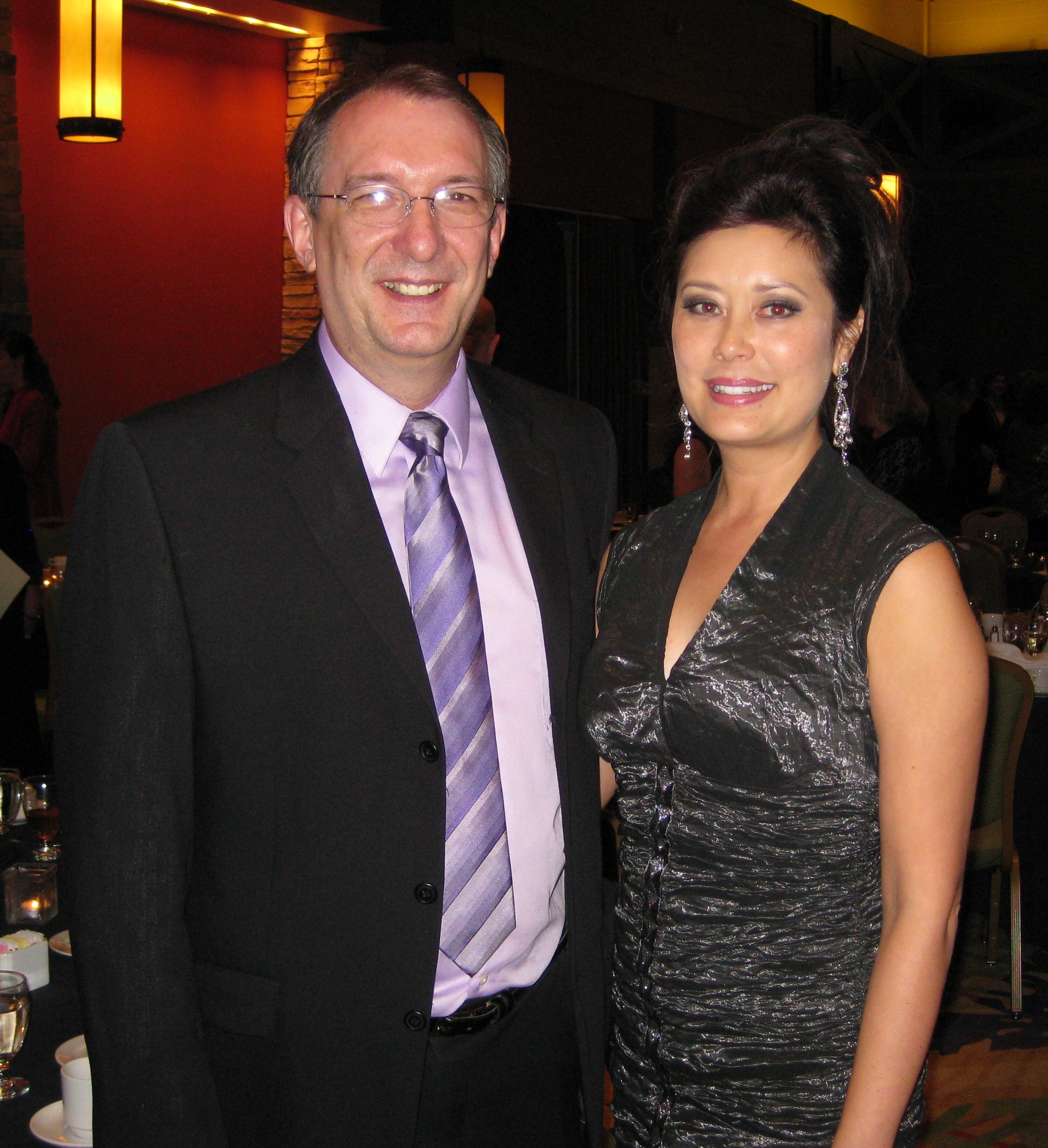I don’t know about you, but I love great first lines. First lines that intrigue or challenge, that captivate and spark strong emotion or curiosity. Some writers spend hours, even days crafting that perfect first line to draw readers into the book. For others, the line is just…there.
A group of author friends loves to play the first-line game, where we share the first line from our WIPs. I like to ask people to share first lines from books that captured them. Both exercises are great fun. More than that, though, it’s fascinating to see what captures or intrigues people. It’s a great way to gain insight into your readers.
So what do you say? Wanna play?
First, let’s share first lines we loved from books we have read. Here are some of my favorites:
“It was Nathan’s fault that I became God.”
The God Game, Andrew Greeley
“This is my favorite book in all the world, though I have never read it.”
The Princess Bride, William Goldman
“We all know something’s wrong.”
Crazy Love, Francis Chan
“Good is the enemy of great.”
Good to Great, Jim Collins
“The family trip when our nightmare began was supposed to be a celebration.”
Heaven Is For Real, Todd Burpo/Lynn Vincent
Okay, YOUR turn!












